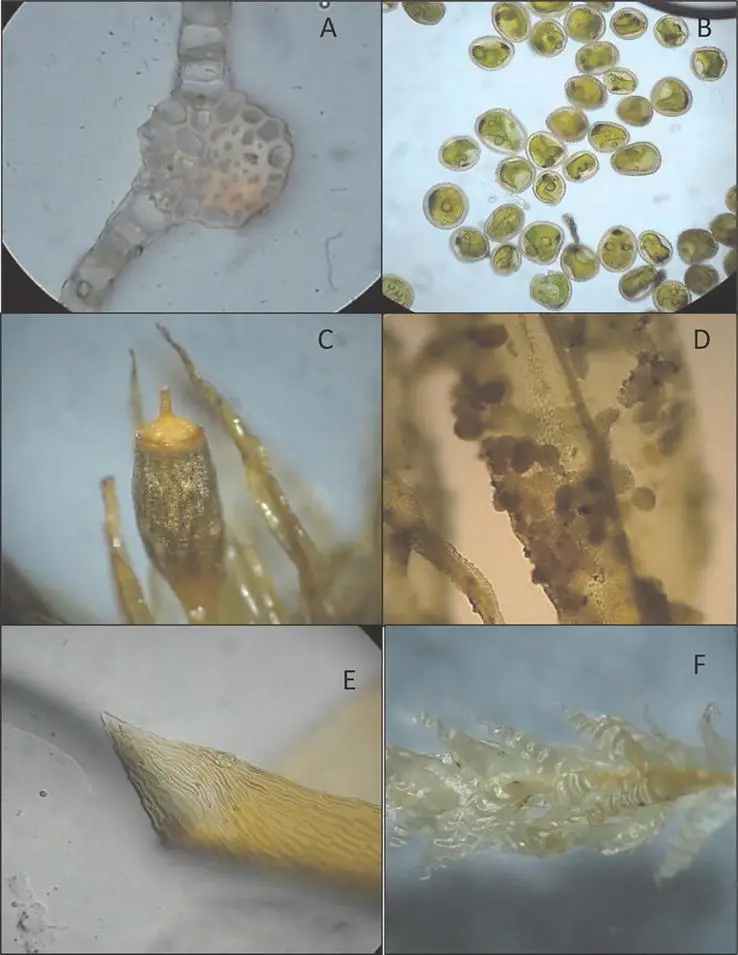Unveiling the Enchanting World of Chorisodontium Moss
Affiliate Disclaimer: As an affiliate, we may earn a small commission when you make a purchase from any of the links on this page at no additional cost to you!

F7.png from: https://www.intechopen.com/chapters/84609
Exploring the Fascinating World of Chorisodontium lanigerum Moss
Introduction
Mosses may be small, but they play a big role in many ecosystems around the world. One particularly interesting species is Chorisodontium lanigerum (Müll.Hal.) Broth., also known simply as Chorisodontium. This unique moss is part of the Dicranaceae family and has some remarkable characteristics. Let’s take a closer look at this tiny but mighty plant!
Background on Chorisodontium Moss
Chorisodontium lanigerum is classified under the Bryophyta division and Bryopsida class. The species name “lanigerum” comes from Latin and means “wool-bearing”, referring to the woolly appearance of the leaves. This moss was first described by German botanist Johann Karl August Müller in 1874.
Morphology and Identification
C. lanigerum forms dense tufts or cushions. The stems are 1-4 cm tall and covered in lanceolate leaves that are 3-5 mm long. The leaves have a distinct costa (midrib) that extends to the apex. Capsules are cylindrical and borne on 5-15 mm long setae. The peristome teeth are divided nearly to the base.
Key identification features:
- Woolly, lanceolate leaves
- Costa extending to leaf apex
- Cylindrical capsules on long setae
- Deeply divided peristome teeth
Global Distribution and Habitat
Chorisodontium mosses are found in South America, Africa, Australia, and some Pacific islands. They typically grow on soil, rocks, logs, and tree bases in humid forests from lowlands to subalpine zones. Some species are restricted to high elevations.
Ecological Roles and Adaptations
As with other mosses, C. lanigerum plays important roles in its ecosystem:
- Helps retain moisture and prevent erosion
- Provides habitat for micro-organisms
- Contributes to nutrient cycling
- Acts as a pioneer species in disturbed areas
This moss has several adaptations that allow it to thrive:
- Thick cell walls to prevent desiccation
- Rhizoids for anchoring to substrates
- Ability to absorb water and nutrients over entire surface
- Can survive freezing temperatures
Conclusion
Chorisodontium lanigerum may be a small and unassuming plant, but it has a big impact. From the misty mountains of the Andes to the lush forests of New Guinea, this marvelous moss makes its mark. The next time you spot a cushion of Chorisodontium, take a moment to appreciate the complexity and resilience of these incredible organisms. What other secrets might they hold?
